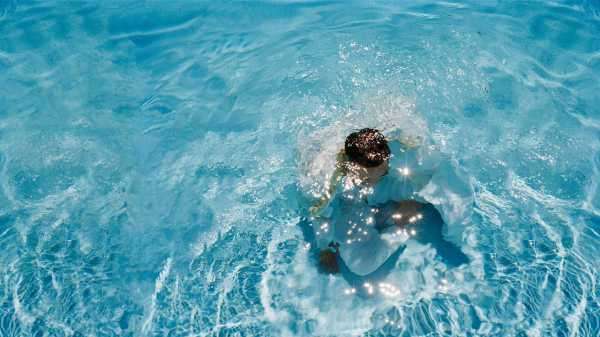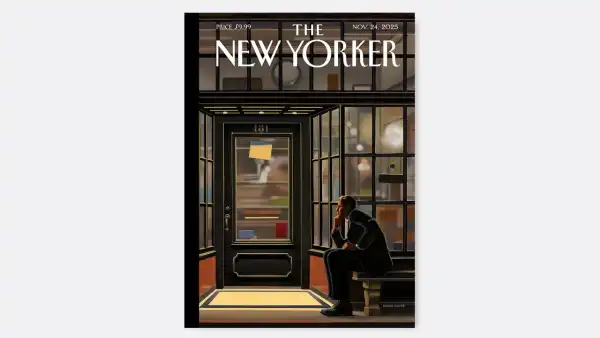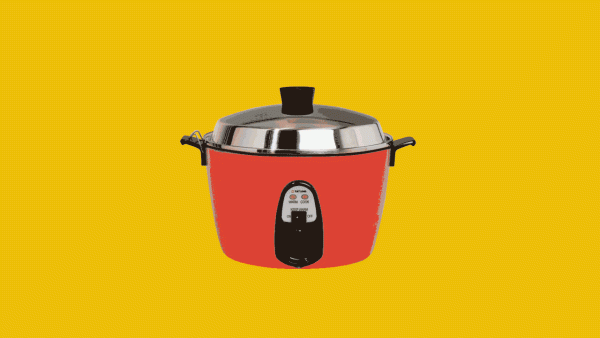
Rose Marie Cromwell has made a photographic practice of exploring globalization in the New World. At times, her approach is literal, as in a years-long project documenting the impact of the Panama Canal on Coco Solo, a community housed in the barracks of a repurposed United States naval base. In other work, she has taken a more abstract approach to life in the realm of imports and exports, focussing on the ubiquity of the plastics or metals that comprise our material world, the nature of our labor, and the syncretism of contemporary spiritual life.
Cromwell’s 2018 book, “El Libro Supremo de la Suerte” (“The Supreme Book of Luck”), emerged from a friendship she’d made on the streets of Havana, in 2005, with a woman named Milagros, who had a passion for an underground numbers-based lottery called La Charada China. In the game, which was originally brought to Cuba by Chinese immigrants who came to the island in the nineteenth century, each number is associated with a person, place, or thing—a flag or a clock, Fidel Castro or a parrot. For Milagros, the search for luck in numbers imbued the encounters that she would have in a given day with meaning: a butterfly that flew into her house would compel her to play the No. 25 that day; a friend’s new bicycle, the No. 52. In Milagros’s approach, Cromwell discovered a way of looking that transcended to the level of the spiritual, one that paralleled her own search for meaning in the everyday through photographic observation.
Sourse: newyorker.com






